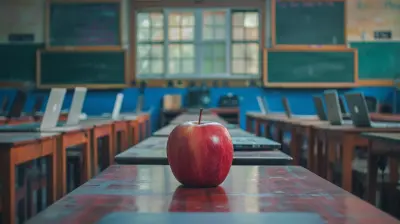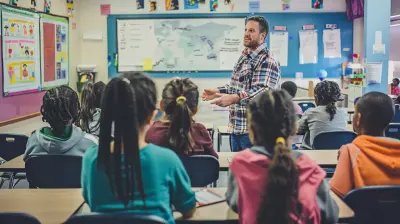How Virtual Classrooms are Revolutionizing Special Education
27 July 2025
The way we teach and learn has changed dramatically over the past few years. And when it comes to special education, these changes have been nothing short of revolutionary. Thanks to virtual classrooms, students who once faced countless barriers to quality education are now finding their own paths to success—right from the comfort of home.
But how exactly are virtual classrooms changing the game for students with special needs? Let’s dive in and explore the nuts and bolts of this digital transformation.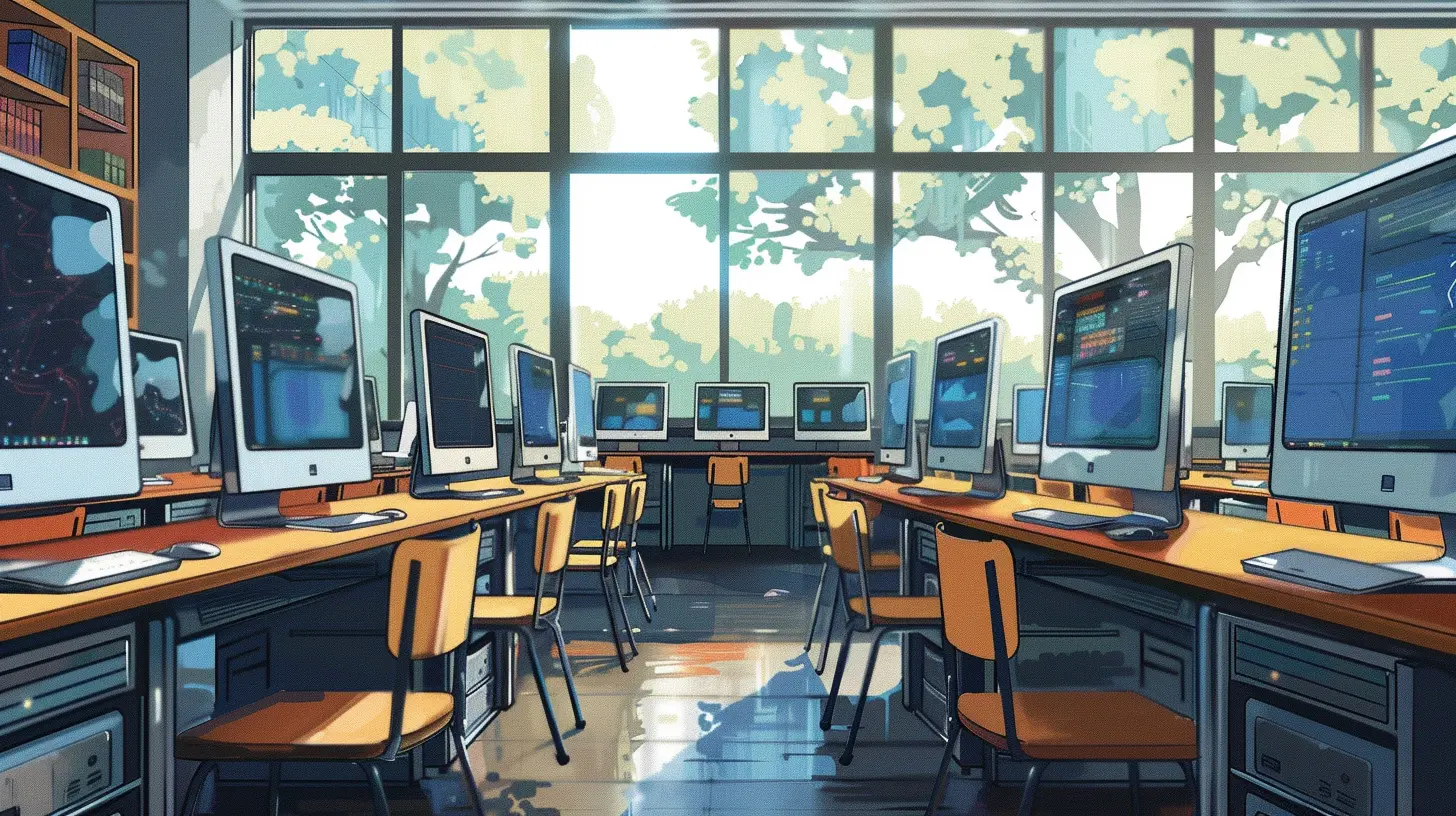
What Is a Virtual Classroom?
Before we get into the impact on special education, let’s clarify what a virtual classroom actually is.Think of it as a traditional classroom—but online. Instead of students gathering in a physical room, they meet via video conferencing platforms like Zoom, Google Meet, or Microsoft Teams. Assignments, discussions, and even group projects happen through digital platforms like Google Classroom, Canvas, or Seesaw.
It’s school, reimagined for the digital age.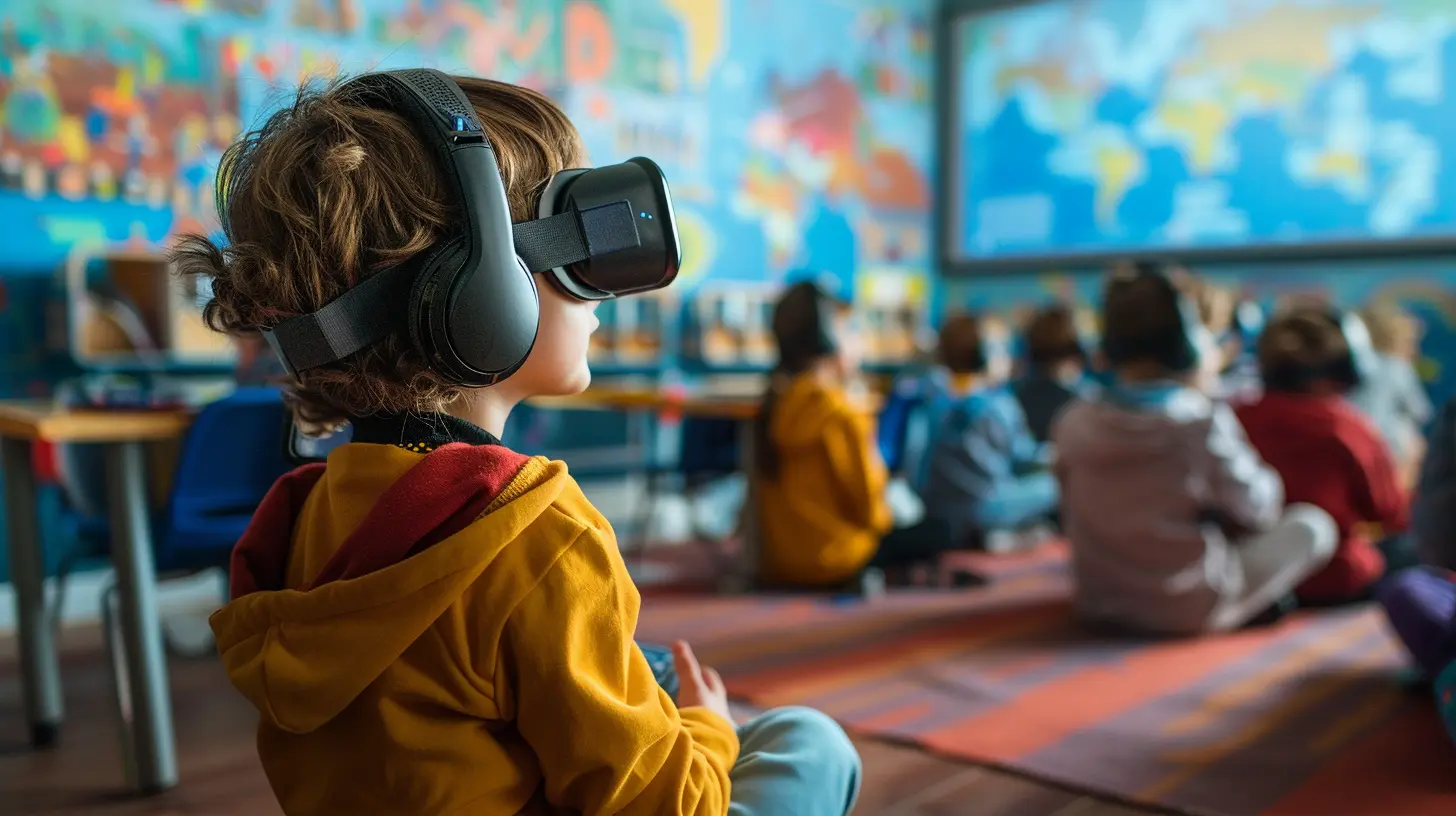
Why Special Education Needs a Different Approach
Special education isn’t a “one-size-fits-all” situation. Students with disabilities—whether cognitive, emotional, or physical—often require personalized teaching methods, tools, and environments to thrive.In a typical classroom, that can be really tough to achieve. There are distractions, limited resources, and sometimes, a lack of specialized staff. Many students end up falling through the cracks.
That’s where virtual classrooms step in. They’re not just a plan B—they’re a lifeline of opportunity.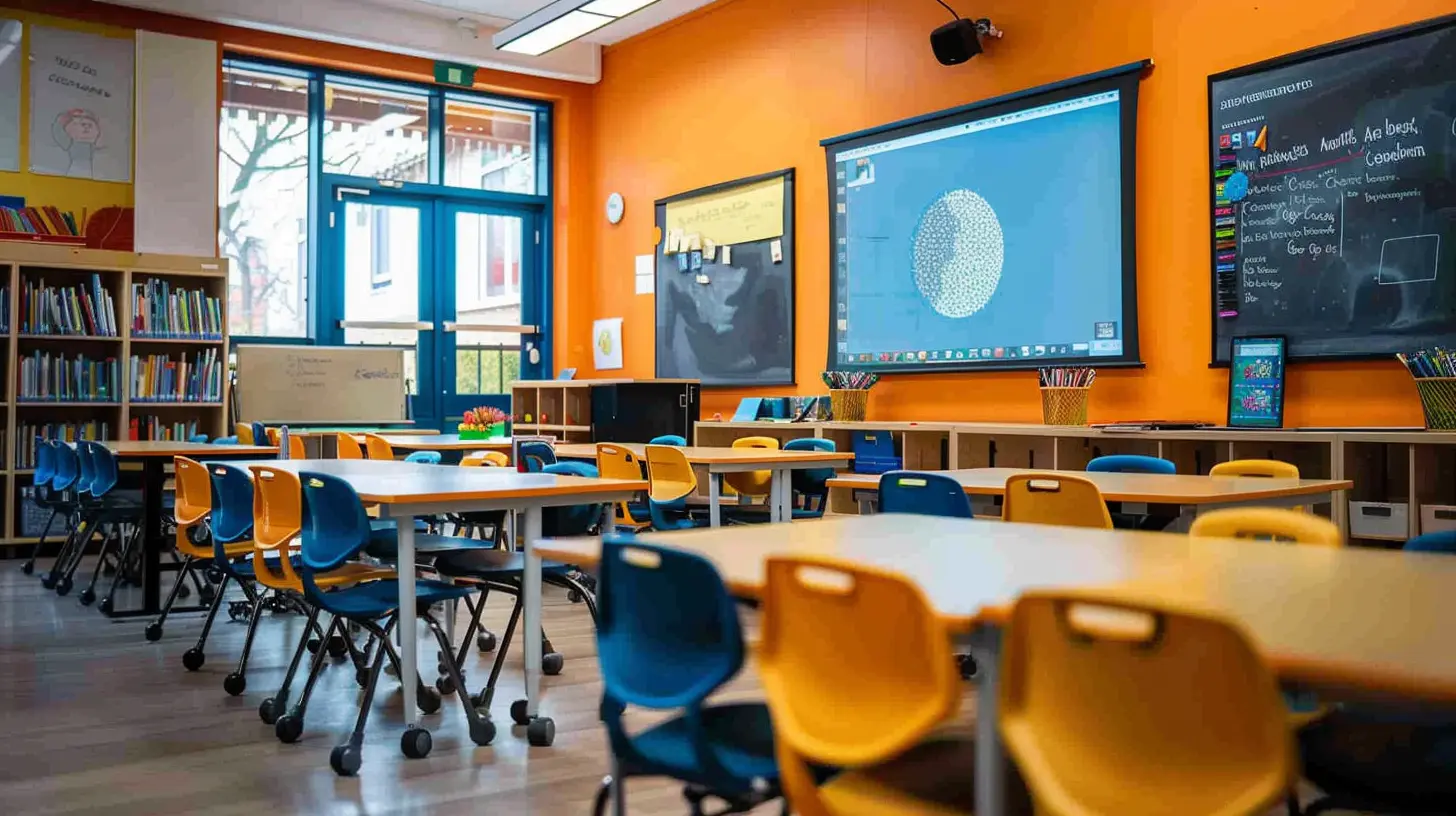
Flexibility Like Never Before
Let’s face it: Not every student fits into a 9-to-3 school schedule.Some kids may need extra time to process information, while others might require frequent breaks to manage sensory overload or fatigue. With virtual classrooms, students can learn on their own terms. Many platforms allow sessions to be recorded, assignments to be submitted later, and schedules to be adjusted for individual needs.
👉 No bells. No rigid timetables. Just learning at a pace that works for the student.
A Personalized Learning Experience
One of the biggest perks of virtual learning in special education? Customization.Teachers can design content that suits a student’s unique learning style. Whether a child learns better through videos, interactive games, or audio lessons, online platforms make it easy to mix and match. Plus, tools like screen readers, voice-to-text, or closed captions add an extra layer of support.
It’s like building a LEGO structure—you pick the blocks that fit best for each learner.
Increased Accessibility for All
For many students in special education, simply getting to school can be a major hurdle. Transportation issues, mobility challenges, and health conditions can make attending traditional schools a daily struggle.Virtual classrooms eliminate this obstacle entirely. No buses. No crowded hallways. Just a comfortable, safe space where students can focus on learning rather than logistics.
And when classrooms go online, geography also stops being a barrier. Families living in rural or underserved areas can finally access high-quality special education services, leveling the playing field like never before.
Enhanced Communication Between Students, Teachers, and Parents
Communication is key in any learning environment—but in special education, it’s absolutely crucial.Virtual platforms often come with built-in tools like chat, email alerts, and parent portals. These features ensure that everyone stays in the loop: teachers, therapists, parents, and students themselves.
👨👩👧 It’s a team effort, and virtual classrooms help keep that team tightly connected.
Boosting Confidence and Independence
Let’s talk about confidence for a second.In a traditional classroom, students with special needs might struggle with public speaking, peer comparison, or simply being misunderstood. This can lead to anxiety, low self-esteem, and disengagement.
But in a virtual setting, many of these pressures fade away.
Students can participate in discussions through text, take their time answering questions, or watch instructions multiple times without fear of judgment. Suddenly, they’re not just coping—they’re thriving.
Think of it like training wheels on a bike. With the right support, they’re gaining skills and independence at their own pace.
More Tools = More Opportunities
Technology brings a treasure trove of tools that weren’t even imaginable a decade ago. For special education, this means an entire toolkit of software and apps tailored to specific needs.Here are just a few game-changers:
- Speech-to-Text and Text-to-Speech software for students with dyslexia or speech impairments.
- Interactive whiteboards where students can draw, write, or brainstorm together.
- Closed captioning and subtitles for students who are deaf or hard of hearing.
- Visual schedules and timers for those with ADHD or autism.
It’s like giving a chef a fully equipped kitchen—suddenly, the possibilities are endless.
Real-Time Support from Specialists
Virtual learning doesn’t mean going it alone. Many schools now offer access to online therapists, special education teachers, and counselors who can provide real-time support during live sessions or scheduled 1-on-1 meetings.This is especially crucial for students who need speech therapy, occupational therapy, or emotional support. Even if the student is home, they’re never without help.
Measuring Progress More Effectively
Tracking progress is a major part of any educational plan—and virtual platforms make it easy to do.Teachers can use analytics to see which assignments were completed, how long they took, and how well the student understood the material. This data can help shape Individualized Education Programs (IEPs) or adjust lesson plans on the fly.
It’s like having a GPS for a student’s learning journey. If they take a detour, teachers can quickly reroute and get them back on track.
The Social Side of Virtual Classrooms
A common concern about online learning? Lack of social interaction.But virtual classrooms can actually create safer, more inclusive social experiences for students with special needs. Digital breakout rooms, discussion boards, and paired projects allow kids to connect without the social anxiety that sometimes comes with face-to-face interactions.
Plus, many platforms include fun extras like emojis, reaction buttons, and games that keep students engaged and connected.
Is it the same as hanging out on the playground? Maybe not. But for many students, it’s a social space where they actually feel seen and heard.
Challenges Still Exist—Let’s Be Real
All that said, virtual learning isn’t a magic wand.Not every family has reliable internet or access to devices like tablets or laptops. Some students may need in-person care or hands-on therapy that’s hard to replicate online. And let’s not forget the energy and effort it takes for parents and educators to coordinate all this behind the scenes.
So yes, there are hurdles. But the progress we’ve made? It’s nothing short of remarkable.
The Future Is Blended
As schools move forward, the buzzword is “blended learning”—a mix of traditional classroom instruction and online components.For special education, this hybrid model could be the best of both worlds. Students get the social interaction and hands-on support of in-person learning, combined with the flexibility and customization of virtual tools.
In other words, it’s not just about replacing classrooms. It’s about making them better—for everyone.
Final Thoughts
The rise of virtual classrooms has turned out to be a game-changer for special education. It’s not perfect, and it’s still evolving, but it’s clear that online learning is opening doors that used to be firmly shut.Whether it’s building self-confidence, accessing the right tools, or simply learning without fear, students with special needs are finally stepping into a world where education works for them—not the other way around.
And honestly? That’s what school should have always been.
all images in this post were generated using AI tools
Category:
Virtual ClassroomsAuthor:

Olivia Chapman
Discussion
rate this article
1 comments
Nala Heath
Empowering every learner: virtual classrooms transform education for all!
August 5, 2025 at 8:03 PM

Olivia Chapman
Thank you! Virtual classrooms indeed play a crucial role in making education more accessible and inclusive for all learners.
